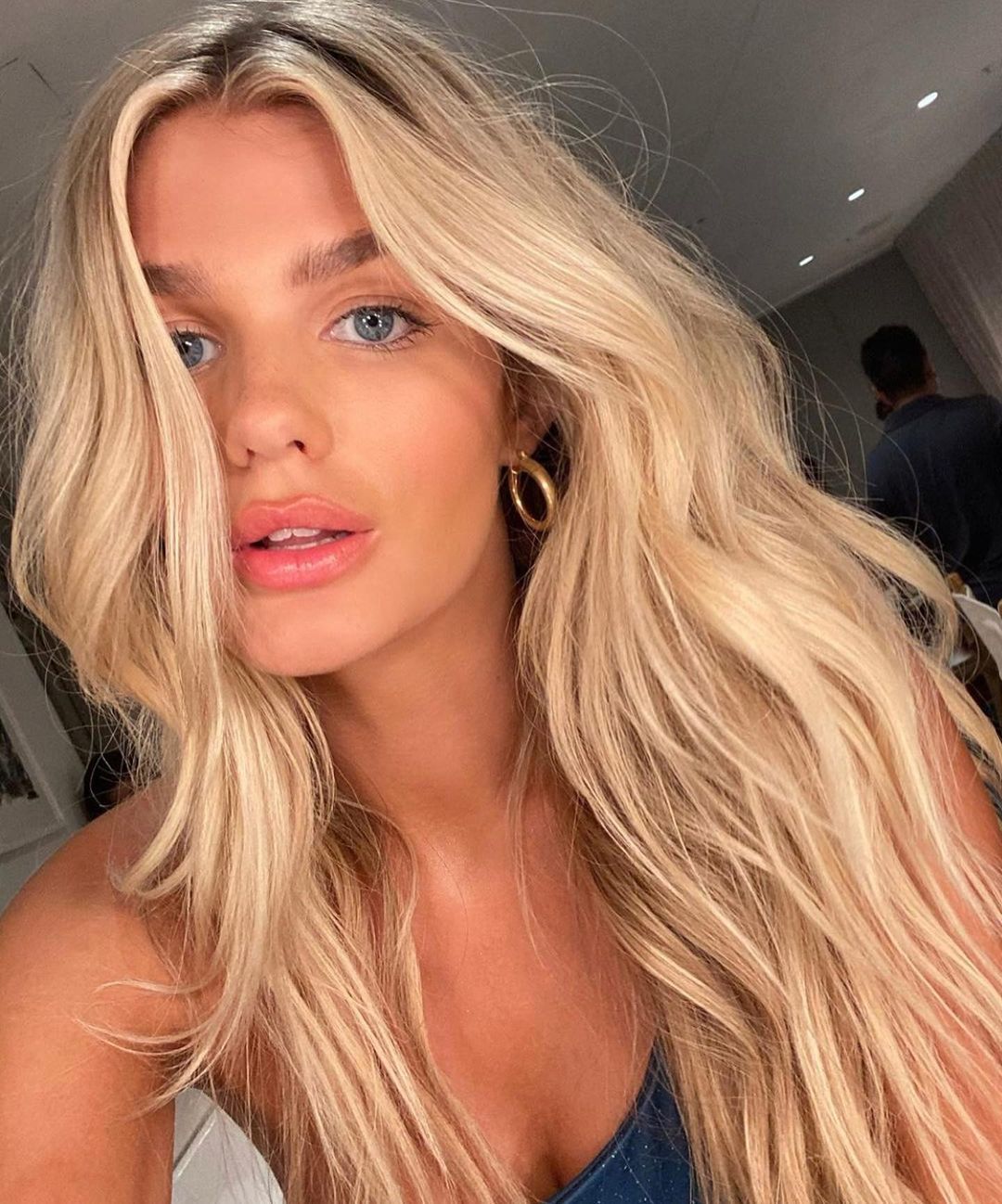When you think of espresso, images of dark, rich brews likely come to mind, brimming with robust flavor and intensity. But have you ever encountered the intriguing world of blonde espresso? This vibrant twist on the traditional espresso is gaining traction in the coffee community, prompting an essential question: What exactly is blonde espresso, and how does it challenge our conventional perceptions of what a perfect cup entails?
Blonde espresso, at its core, is a lighter roasted version of the espresso we are accustomed to. While typical espresso blends undergo a deep, dark roast, resulting in a full-bodied, often bitter profile, blonde espresso is roasted for a shorter duration. This minimal roasting process leaves the beans with distinct characteristics—more acidic and sweeter, with fruity and floral notes taking center stage. The methodology challenges the long-standing notion that darker is always better when it comes to espresso.
Interestingly, the origins of blonde espresso can be traced back to the artisanal coffee movement, where aficionados sought to highlight the nuanced flavors inherent in the coffee bean. Roasters recognized that different roast levels reveal different flavor profiles. Thus, they began to experiment with lighter roasts, leading to the birth of blonde espresso. In this context, the challenge lies in balancing the brightness and acidity without losing the trademark strength that espresso lovers often crave.
One might wonder, how does one brew blonde espresso effectively? The preparation is similar to traditional espresso, yet the artistry begins with the selection of beans. High-quality Arabica beans are essential—preferably sourced from regions known for their vibrant coffee crops, such as Ethiopia or Colombia. The selection process is meticulous, laying the groundwork for a unique cup. Once roasted, these beans can be ground fine for espresso extraction. The grind size plays a crucial role in influencing the extraction time and, ultimately, the flavor profile.
As with any espresso, creating the perfect shot of blonde espresso requires precision. The general rule of thumb is to brew with parameters of 18-20 grams of coffee and an extraction time of 25-30 seconds. Observing the shot as it pours can be mesmerizing—watch as a rich, velvety crema forms atop the lighter liquid, showcasing a fleeting golden hue. This captivating visual is often a precursor to the delightful experience that follows.
Flavors in blonde espresso can be surprisingly expansive. Expect bright notes of citrus or apple intermixed with gentle hints of caramel or almond. Unlike their darker counterparts, blondes may spark memories of spring mornings filled with blossoming flowers and fruit-laden orchards. The exploration of these flavors can be as nuanced as a fine wine tasting, where the palate recognizes the depths hidden within each sip.
This raises an intriguing challenge for coffee connoisseurs: How do you appreciate the subtlety of blonde espresso without the coveted robust body found in traditional blends? One approach is to experiment with milk and alternative milk options. While traditional espresso drinks often center around the dynamic duo of espresso and whole milk, blonde espresso offers a unique canvas for crafting diverse beverages. The gentler flavor profile blends harmoniously with the creamy texture of dairy or non-dairy alternatives, elevating lattes and cappuccinos to a new level of sophistication.
Moreover, blonde espresso’s versatility extends beyond traditional coffee-shop fare. Imagine an innovative cold brew sensation or an effervescent espresso tonic. Both beverages, featuring blonde espresso, flaunt their refreshing qualities while delighting adventurous palates. These concoctions challenge the often rigid domain of coffee consumption by presenting lighter, summer-friendly alternatives that patrons may not typically associate with espresso.
In the realm of flavor science, blonde espresso reveals another layer of complexity. The light roast preserves more of the coffee bean’s natural sugars, resulting in a sweeter taste without the need for added sweeteners. This phenomenon compels a transformation in drinking habits. As coffee drinkers become more attuned to their beverages’ nuances, they may find themselves questioning the necessity of sugar, cream, or flavored syrups that traditionally accompany darker brews.
However, blonde espresso is not without its detractors. Critics may assert that it lacks the punchy intensity and complexity found within darker roasts. Some coffee purists regard it as a shadow of its more robust sibling, dismissing it as too “lightweight.” Yet, as with all culinary trends, the emergence of blonde espresso represents an evolutionary shift in the coffee landscape. It invites drinkers to re-evaluate their preferences and broaden their horizons, a challenge worth accepting.
As you embark on your java journey, the question now stands: Will you embrace the lighter, more playful realm of blonde espresso? Or will you remain entrenched in the dark, brooding depths of traditional brews? The choice is ultimately yours, but perhaps it’s time to explore the full spectrum of flavors coffee has to offer, breaking free from conventions and nurturing a curious palate.
In conclusion, blonde espresso is more than just a drink; it is a challenge to the conventional tastes of coffee enthusiasts. Its lighter profile, intricate flavors, and versatility in crafting modern coffee beverages pique interest and incite curiosity. Whether savoring a pure shot or exploring beverage options, blonde espresso promises an experience that invites perception, experimentation, and ultimately, enjoyment.
